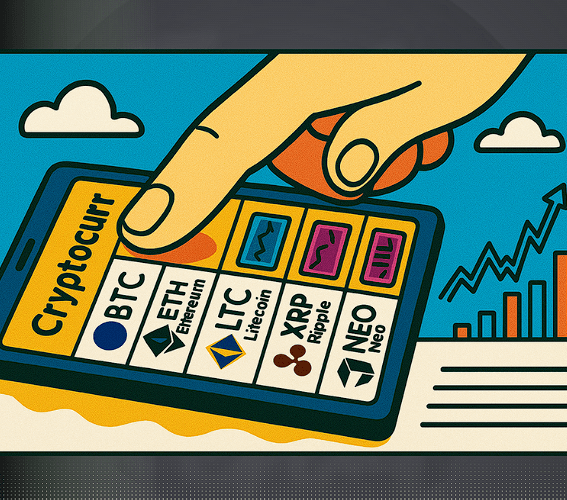After a weekend of heavy losses, the cryptocurrency market began the new week with a strong rebound. Bitcoin climbed 3% to around $114,734 after briefly falling below $105,000, while Ethereum rose 8.5% to $4,132 following a drop to roughly $3,500. Data from Coinglass revealed that over 1.6 million traders were liquidated on Friday, totaling $19.1 billion in losses. The sell-off was fueled by geopolitical and trade tensions, particularly China’s new restrictions on rare earth exports and Washington’s proposed 100% tariffs on Chinese tech imports. These developments, combined with reduced liquidity over the weekend, accelerated cascading liquidations of leveraged positions.
Once the excess leverage was cleared, automated trading mechanisms and a pause in panic selling triggered a wave of recovery buying. Rick Maeda from Presto Research noted that the rebound was partly mechanical, reflecting the stabilization after forced liquidations. Fears over tariff risks also subsided, with Polymarket data showing just a 17% chance that the 100% tariff will take effect by November 1, 2025. Still, the psychological impact of record-scale liquidations may limit short-term risk appetite.
Vincent Liu, Chief Investment Officer at Kronos Research, said that with leverage reset and tariff headlines calming, liquidity has returned and traders are shifting from panic to calculated risk-taking. Nassar Achkar, Chief Strategy Officer at CoinW, pointed out that the so-called “Uptober” narrative October’s traditionally bullish trend remains intact. He added that upcoming institutional ETF inflows, U.S. CPI data, and the Federal Reserve meeting will clarify the market’s next direction. Meanwhile, Nick Ruck of LVRG Research highlighted renewed whale accumulation in Ethereum and technical signals suggesting a bottom formation in oversold altcoins.
Maeda concluded that while recent turmoil disrupted the trend, the broader bullish structure remains in place, though market sentiment is still highly sensitive to new developments in U.S.-China relations.
